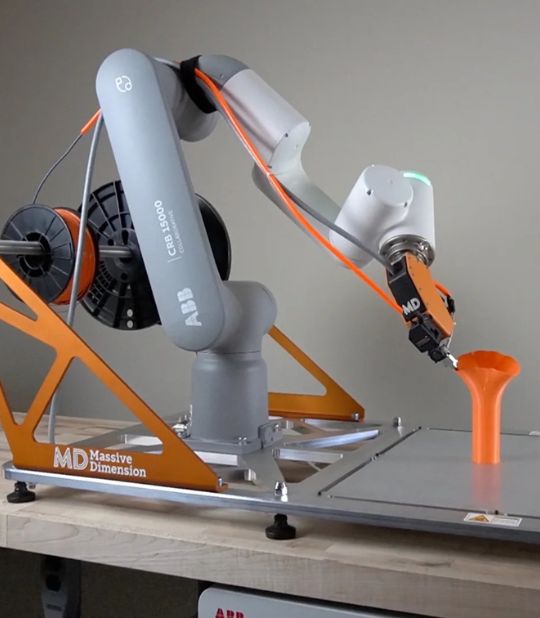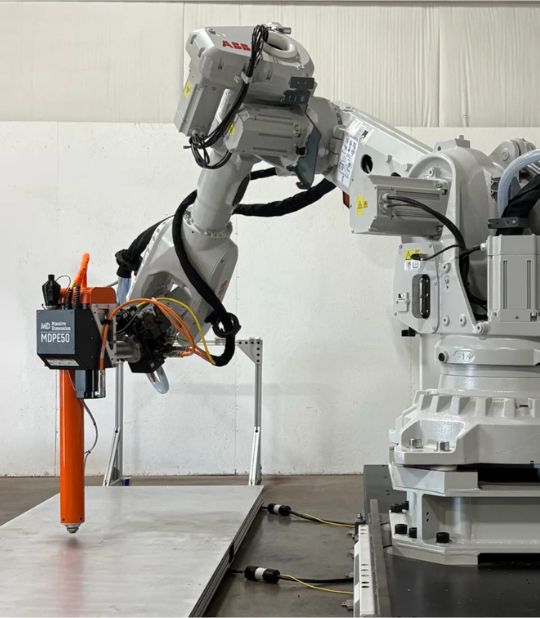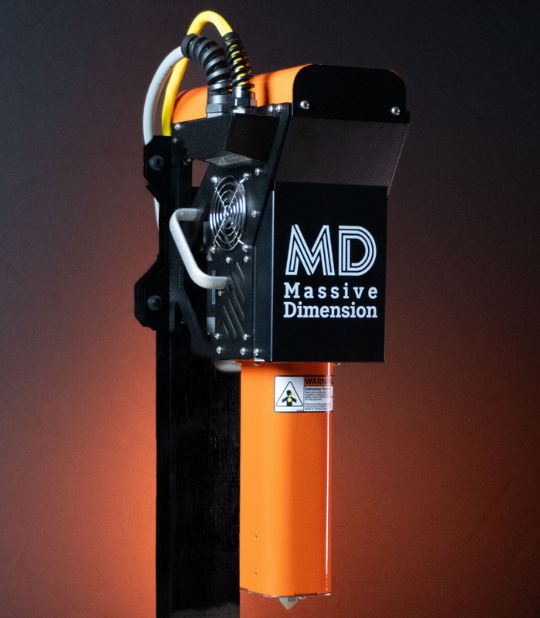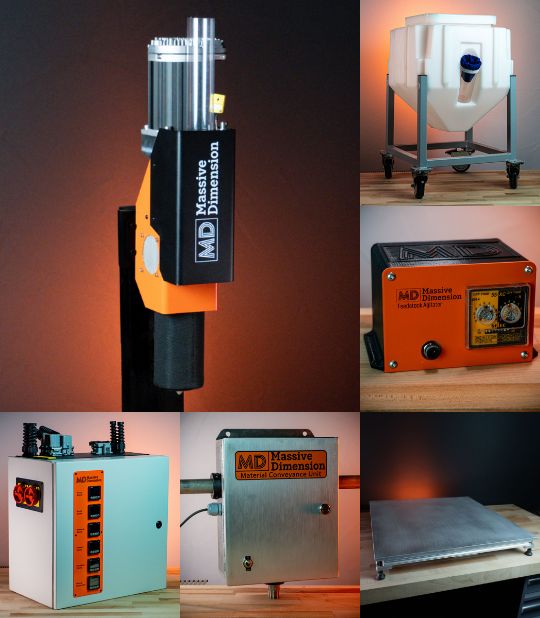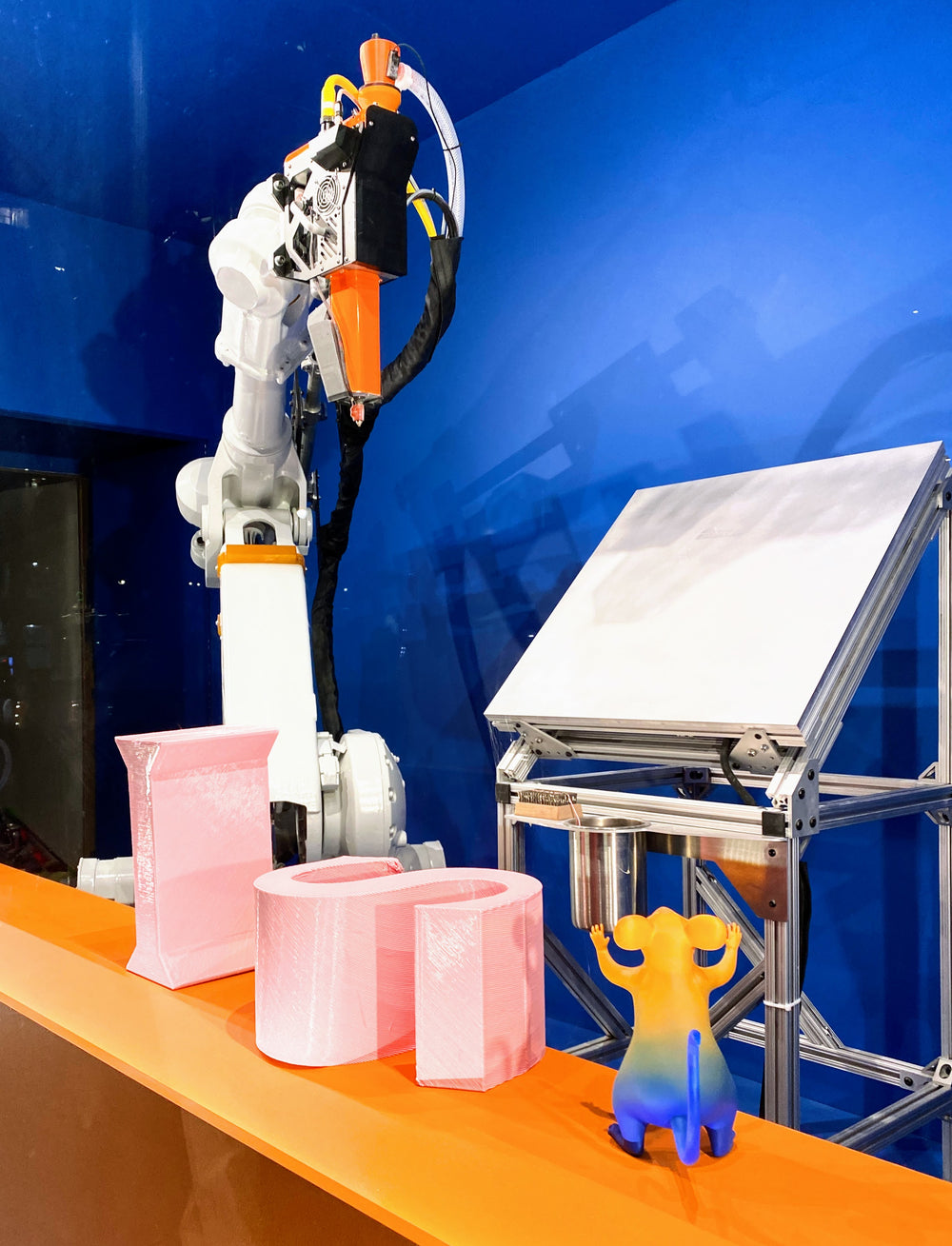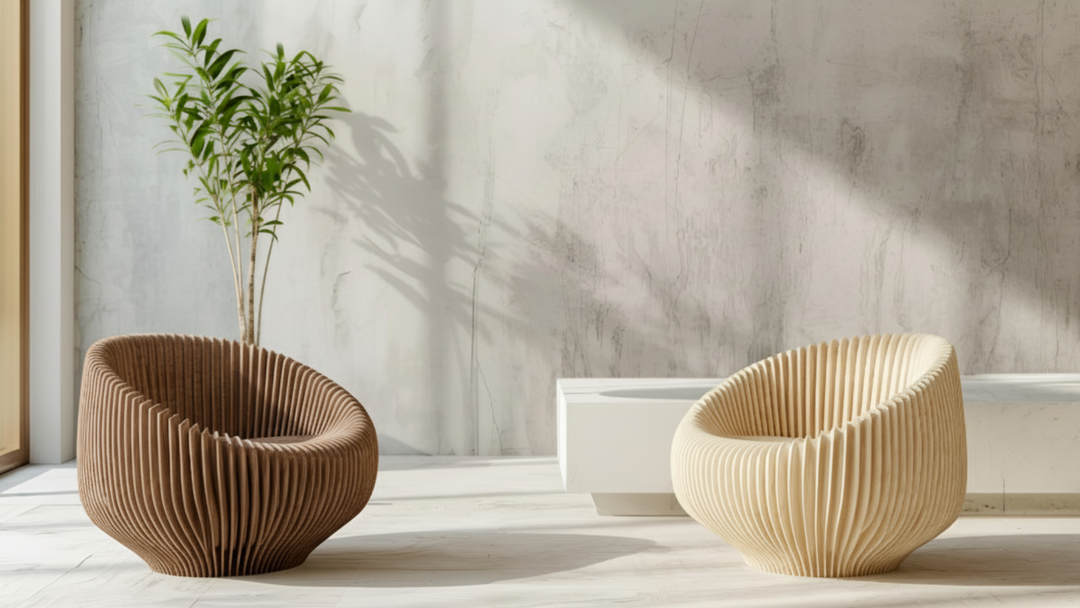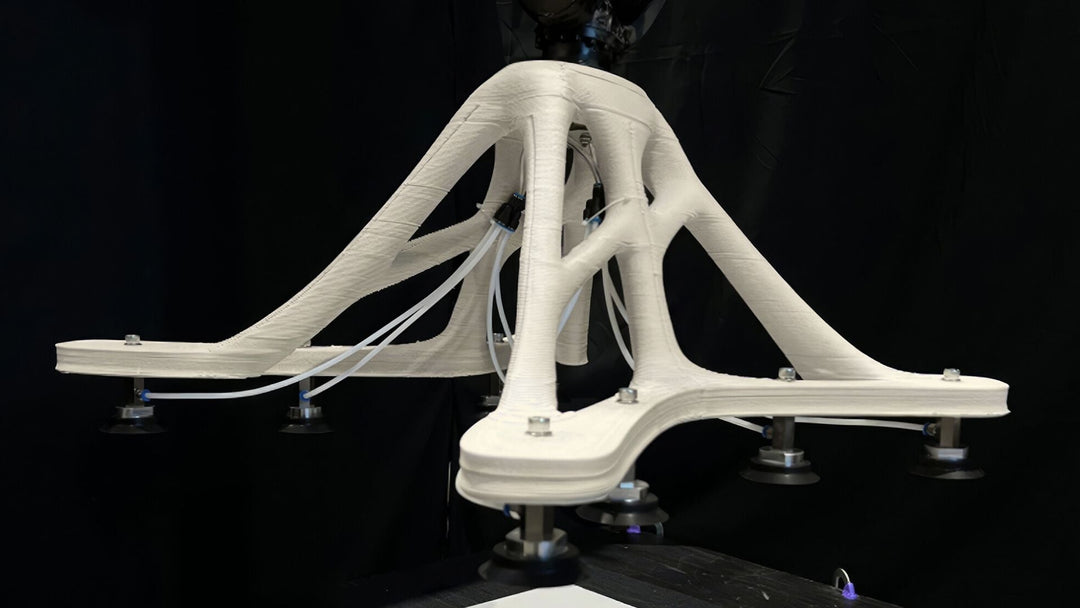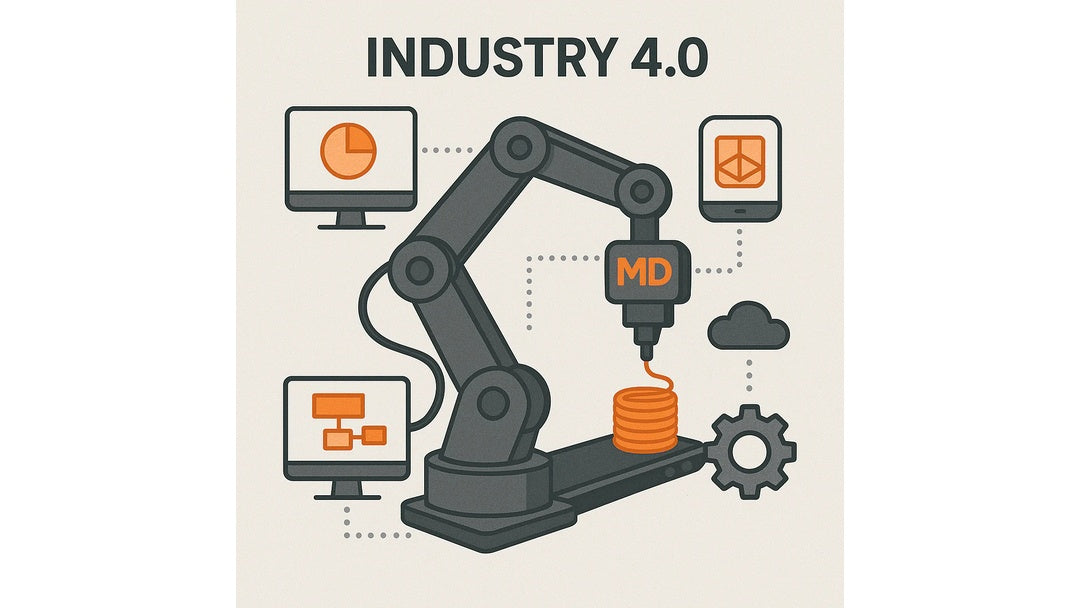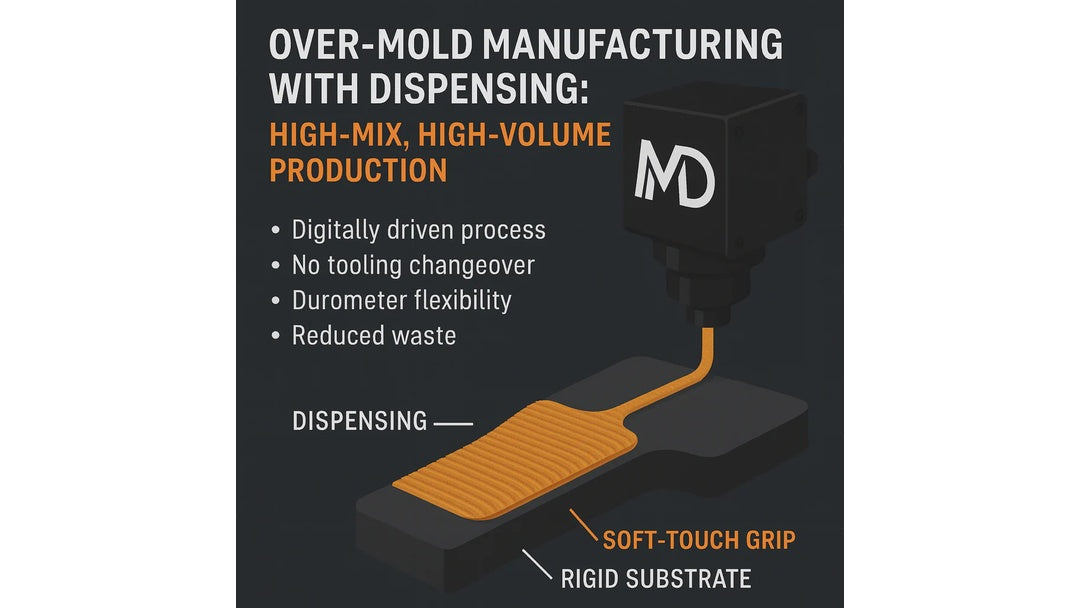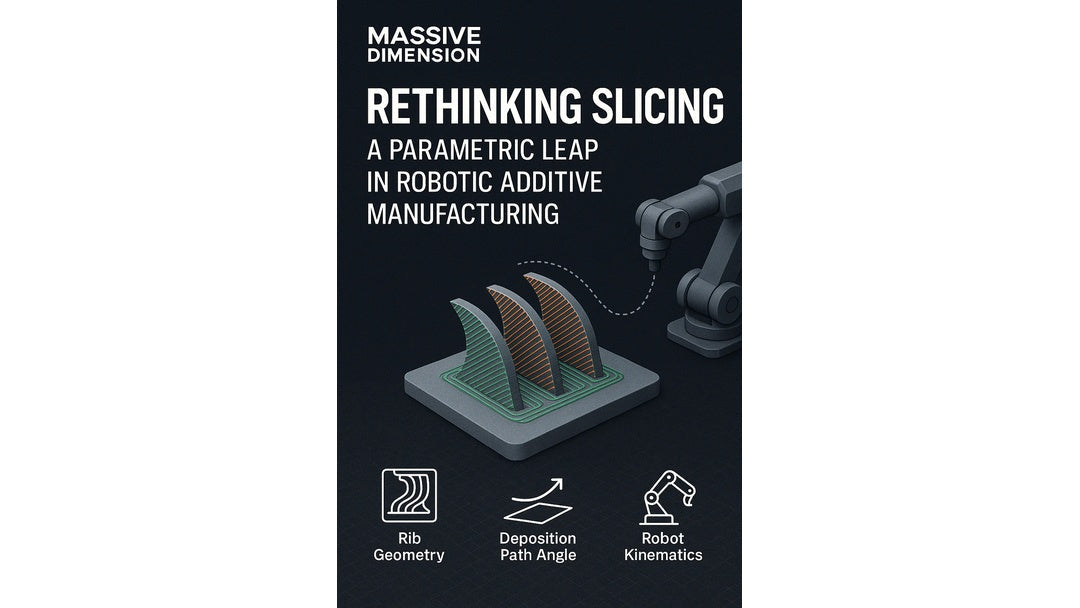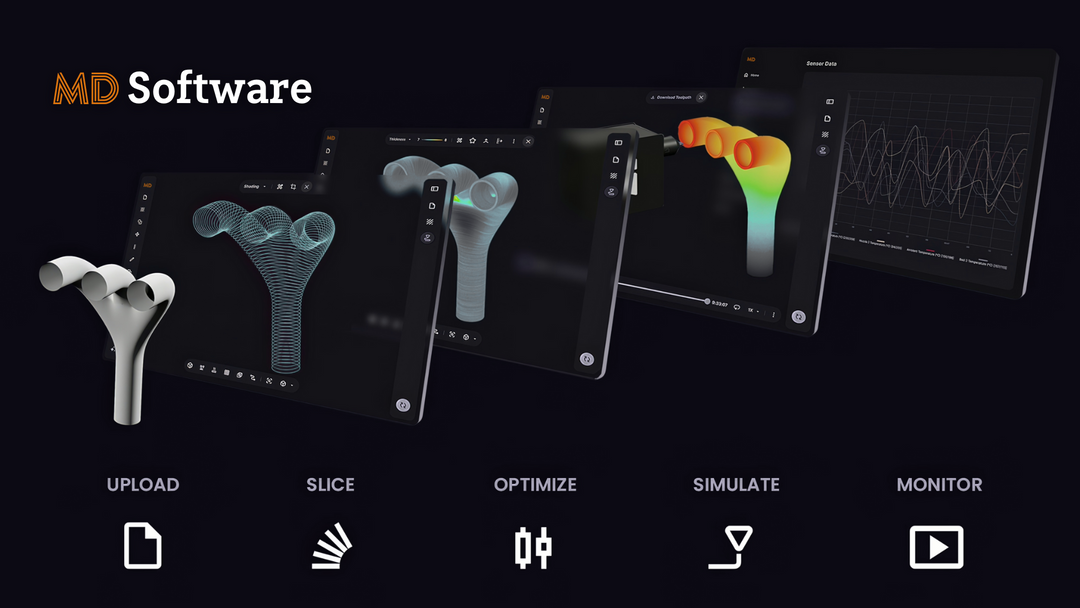The Synergy of Vacuum Forming and Large Format Additive Manufacturing in Modern Production
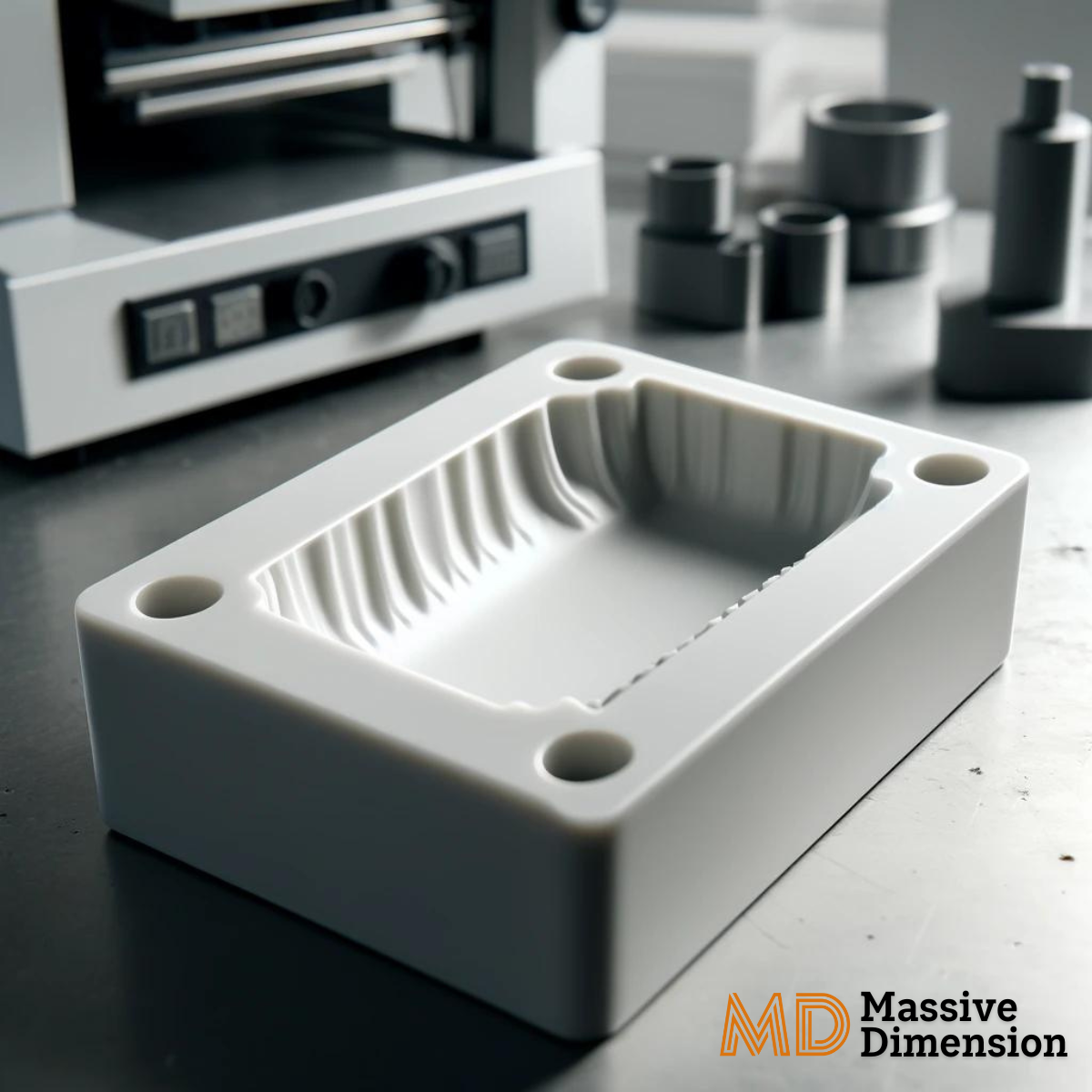
In the world of manufacturing, innovation and efficiency drive the industry forward. Two techniques, vacuum forming and large format additive manufacturing (LFAM), have become pivotal in transforming product development across various sectors. Let's explore how these methods complement each other and why Massive Dimension's printing cells are becoming essential for manufacturers aiming to scale and innovate.
Understanding Vacuum Forming
Vacuum forming is a versatile manufacturing process ideal for creating durable, lightweight products. By heating a plastic sheet until it’s pliable, then stretching it over a mold and applying a vacuum to form the shape, manufacturers can produce parts quickly and cost-effectively. This method is particularly advantageous for medium-scale productions and is popular in automotive, packaging, and appliance manufacturing. The ability to use less expensive molds made from materials like wood or resin lowers the barrier to entry, making vacuum forming a go-to for prototypes and custom designs.
The Rise of Large Format Additive Manufacturing
Large-format additive manufacturing expands the possibilities of traditional 3D printing by enabling the production of large objects. This is transformative for industries like aerospace, automotive, and construction. LFAM allows for the creation of components that are not only large but also complex in design, without the need for piecing together smaller parts. This seamless integration enhances structural integrity and reduces assembly time.
The Role of Massive Dimension's Printing Cells
Massive Dimension's printing cells stand out in the LFAM market due to their robust capabilities in producing large, complex structures efficiently. These printers accommodate a wide range of materials, from thermoplastics to advanced composites, facilitating innovation in product design and functionality. Their ability to rapidly prototype large parts reduces development cycles and speeds up time-to-market for new products.
Applications
Integrating vacuum forming with LFAM, particularly using tools like Massive Dimension's printing cells, allows manufacturers to leverage the strengths of both technologies. For instance, a company could use LFAM to create a custom mold for vacuum forming, streamlining the production process and enhancing the mold's durability with complex, tailored features that are otherwise difficult to achieve. This synergy not only boosts efficiency but also opens new avenues for creative and functional designs.
Final Products
An often-overlooked advantage of vacuum forming is its capability to produce not only prototypes but also durable final products. The vacuum-formed parts, when designed and processed correctly, can meet rigorous strength and durability requirements. This makes vacuum forming an excellent choice for manufacturing final product components that must withstand everyday use, especially in demanding environments such as automotive interiors or outdoor equipment.
A Practical Example
Imagine a scenario where an automotive company needs to prototype a new dashboard design. Using Massive Dimension's printing cells, the team can quickly produce a full-scale mold. This mold can then be used in a vacuum forming process to create the dashboard prototype. Importantly, this prototype isn't just for show—it's robust enough to be considered a final part, showcasing the real-world application and durability of vacuum-formed components.
Conclusion
The combination of vacuum forming and large format additive manufacturing, especially through advanced tools like Massive Dimension's printing cells, represents the cutting edge of modern manufacturing. By embracing these technologies, businesses can achieve greater flexibility, faster turnaround times, and better customization, positioning themselves as leaders in the competitive landscape of product innovation.
Understanding Vacuum Forming
Vacuum forming is a versatile manufacturing process ideal for creating durable, lightweight products. By heating a plastic sheet until it’s pliable, then stretching it over a mold and applying a vacuum to form the shape, manufacturers can produce parts quickly and cost-effectively. This method is particularly advantageous for medium-scale productions and is popular in automotive, packaging, and appliance manufacturing. The ability to use less expensive molds made from materials like wood or resin lowers the barrier to entry, making vacuum forming a go-to for prototypes and custom designs.
The Rise of Large Format Additive Manufacturing
Large-format additive manufacturing expands the possibilities of traditional 3D printing by enabling the production of large objects. This is transformative for industries like aerospace, automotive, and construction. LFAM allows for the creation of components that are not only large but also complex in design, without the need for piecing together smaller parts. This seamless integration enhances structural integrity and reduces assembly time.
The Role of Massive Dimension's Printing Cells
Massive Dimension's printing cells stand out in the LFAM market due to their robust capabilities in producing large, complex structures efficiently. These printers accommodate a wide range of materials, from thermoplastics to advanced composites, facilitating innovation in product design and functionality. Their ability to rapidly prototype large parts reduces development cycles and speeds up time-to-market for new products.
Applications
Integrating vacuum forming with LFAM, particularly using tools like Massive Dimension's printing cells, allows manufacturers to leverage the strengths of both technologies. For instance, a company could use LFAM to create a custom mold for vacuum forming, streamlining the production process and enhancing the mold's durability with complex, tailored features that are otherwise difficult to achieve. This synergy not only boosts efficiency but also opens new avenues for creative and functional designs.
Final Products
An often-overlooked advantage of vacuum forming is its capability to produce not only prototypes but also durable final products. The vacuum-formed parts, when designed and processed correctly, can meet rigorous strength and durability requirements. This makes vacuum forming an excellent choice for manufacturing final product components that must withstand everyday use, especially in demanding environments such as automotive interiors or outdoor equipment.
A Practical Example
Imagine a scenario where an automotive company needs to prototype a new dashboard design. Using Massive Dimension's printing cells, the team can quickly produce a full-scale mold. This mold can then be used in a vacuum forming process to create the dashboard prototype. Importantly, this prototype isn't just for show—it's robust enough to be considered a final part, showcasing the real-world application and durability of vacuum-formed components.
Conclusion
The combination of vacuum forming and large format additive manufacturing, especially through advanced tools like Massive Dimension's printing cells, represents the cutting edge of modern manufacturing. By embracing these technologies, businesses can achieve greater flexibility, faster turnaround times, and better customization, positioning themselves as leaders in the competitive landscape of product innovation.
